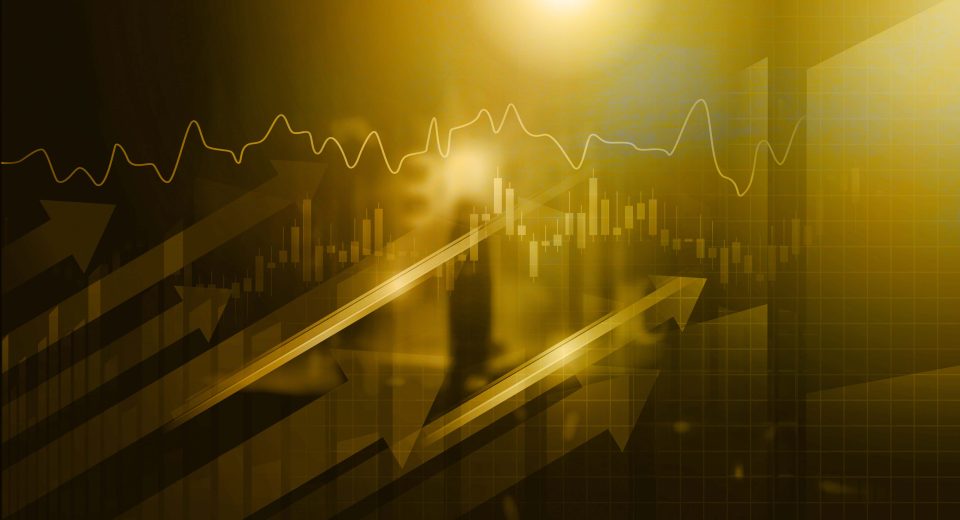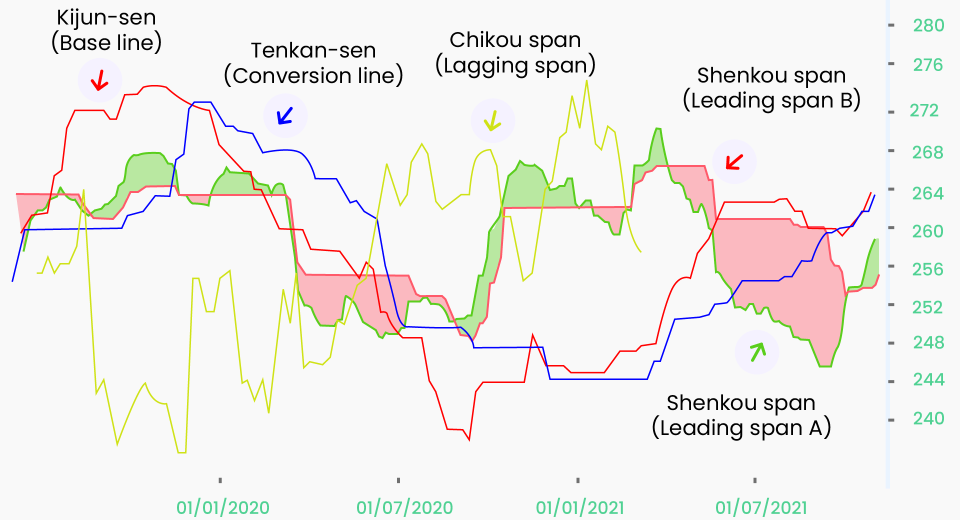Fear & Greed Index: Why Do Traders Keep an Eye on This?

Market sentiment governs asset price movements by impacting the demand and supply of that particular asset. When the market is bullish, demand rises, driving up the price, while a bearish market leads to reduced demand, which makes the price drop. This makes sentiment a crucial metric to consider while analysing the markets to predict price movements.
A key tool to assess market sentiment is the fear and greed index, developed by CNNMoney. It was initially developed for the S&P 500 but is now used for many markets, including cryptocurrency. Read on to learn why traders keep an eye on the index and how it affects their trading decisions.
What is the Fear and Greed Index?
When fear is the dominant emotion in the market, asset price tends to decline as traders consider it risky for their portfolios. They fear that the asset will underperform the market, leading to losses for them.
However, when greed is the dominant emotion, demand for the asset increases, exerting upward pressure on its price. Traders believe that the asset will outperform the market and become greedy to take advantage of its profit potential.
The index uses a scale of 1 to 100 to assess market sentiment, based on a few indicators. This rating determines how traders are operating in the financial markets.
| Index Value | Interpretation |
| 0 – 25 | Extreme Fear |
| 26 – 40 | Fear |
| 40 – 60 | Neutral |
| 61 – 75 | Greed |
| 76 – 100 | Extreme Greed |
Indicators of Fear and Greed
Fear and greed are a function of the weighted summation of the following indicators:
Market Momentum
The fear and greed index uses weakening momentum over a certain period as a signal of fear, while strength in the momentum indicates greed.
Asset Price Strength
When the price makes consecutively higher peaks, it signals greed, while lower lows indicate fear.
Asset Price Breadth
This compares the volume of trades during price rises with trade volumes during price declines. An increase in trading volumes indicates positive market sentiment, i.e., greed.
The Ratio of Long to Short Positions
A higher number of short trades signals weakening investor confidence in an asset and is taken as a signal for fear, and vice versa.
Price Volatility
The volatility index or VIX measures the expected fluctuations in the price of an asset. The more the fluctuation, the lower the trader confidence. Therefore, increased price volatility is taken as a signal of increased fear among traders.
Demand for Safe Havens
As traders lose confidence in the financial markets, they tend to look for safe haven assets, such as the US dollar or gold, to protect their portfolios. When the demand for safe havens rises, it is taken as a clear sign of fear in the market.
Demand for High-Risk Assets
When the market is leaning towards high-risk assets, such as stocks or cryptocurrencies, leading to an increase in demand, it indicates greed among traders.
Why is the Fear and Greed Index Important?
The index quantifies the market’s confidence in a security. Since market confidence influences price movements, it helps make informed trading decisions.
Popularly, traders use the index during periods of high volatility, which is common in the cryptocurrency market. This is because it is still nascent and market sentiment plays a major role in the performance of various coins. The crypto fear and greed index is calculated as:
| Factor | Weight |
| 90-day history of price volatility | 25% |
| Trading volume and momentum | 25% |
| Social media chatter | 15% |
| Surveys and talks by the crypto community | 15% |
| Market dominance of Bitcoin | 10% |
| Search trends | 10% |
Traders need to understand the functioning of fear and greed, since this can help them make informed trading decisions. Due diligence and the use of fundamental and technical indicators are essential in volatile markets. In fact, experienced traders try to gauge whether they are acting upon their emotions of fear or greed or according to their trading strategy.
Managing Fear and Greed
When money is involved, greed and fear are possibly the most common emotions. And managing emotions is crucial while making trading decisions. Here are a few tips for doing so:
Have a Trading Plan
Developing a trading strategy, considering your risk tolerance and financial goals. Test it and practice on a demo account to refine your trading strategy to suit diverse market conditions.
Having an objective trading plan can prevent you from:
- Using more leverage than your risk appetite permits.
- Trying to double down on a losing position.
- Bypassing risk management measures, such as stop loss and profit target limits.
Reduce the Position Size
“One of the easiest ways to decrease the emotional effect of your trades is to lower your trade size.” – James Stanley
When the position size is smaller, the risk associated with the position also reduces in size. This also means that the stress associated with whether the position turns profitable decreases.
Maintain a Trading Journal
Keeping a record of all your trades and their outcomes can help you monitor and improve upon your performance. It can show you where emotions tend to have the highest influence, which can then help you strengthen your trading psyche. The journal can also guide you regarding portfolio management, taking advantage of market conditions to meet your trading goals.
Remain a Student of the Markets
Keeping track of market sentiment and how an asset behaved as a response to it and other factors can help you respond better to changing market conditions. It can help you evaluate the extent to which fear and greed drive a particular market and under what conditions.
Also, it can help you build a habit of keeping an eye on market-moving factors, which, in turn, helps you make informed trading decisions.
To Sum Up
- The fear and greed index is a measure of market sentiment on an asset.
- The index may range from highly greedy to highly fearful.
- It is commonly used in the cryptocurrency markets today.
- Traders can incorporate the index in their trading strategy, along with fundamental and technical analysis, to make informed trading decisions.
- It is critical to keep one’s fear and greed in check while making trading decisions.
Disclaimer:
All data, information and materials are published and provided “as is” solely for informational purposes only, and is not intended nor should be considered, in any way, as investment advice, recommendations, and/or suggestions for performing any actions with financial instruments. The information and opinions presented do not take into account any particular individual’s investment objectives, financial situation or needs, and hence does not constitute as an advice or a recommendation with respect to any investment product. All investors should seek advice from certified financial advisors based on their unique situation before making any investment decisions in accordance to their personal risk appetite. Blackwell Global endeavours to ensure that the information provided is complete and correct, but make no representation as to the actuality, accuracy or completeness of the information. Information, data and opinions may change without notice and Blackwell Global is not obliged to update on the changes. The opinions and views expressed are solely those of the authors and analysts and do not necessarily represent that of Blackwell Global or its management, shareholders, and affiliates. Any projections or views of the market provided may not prove to be accurate. Past performance is not necessarily an indicative of future performance. Blackwell Global assumes no liability for any loss arising directly or indirectly from use of or reliance on such information herein contained. Reproduction of this information, in whole or in part, is not permitted.




